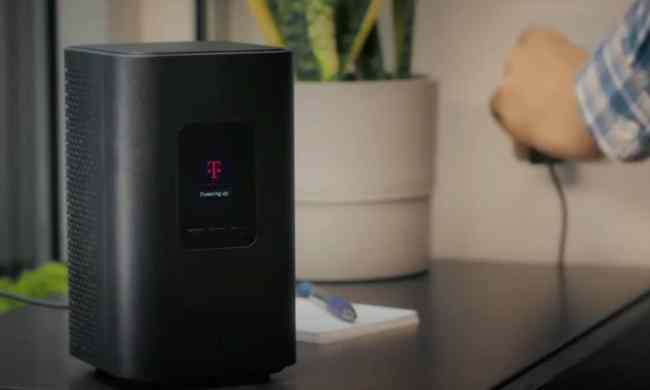 It’s finally time to pick up a new smartphone, but you’re probably not sure how much data that you’ll need on a month-to-month basis. We’re here to help you figure out how much data various applications use every month, so that you can find the right data plan for your needs.
It’s finally time to pick up a new smartphone, but you’re probably not sure how much data that you’ll need on a month-to-month basis. We’re here to help you figure out how much data various applications use every month, so that you can find the right data plan for your needs.
Picking the wrong data plan can end up costing you hundreds of dollars a year in either unused services or overages, so it pays to know how much data you will be using.
Every carrier has its own system for how they sell you data packages for smartphones. Unfortunately, this means that we won’t be able to give exact data plan rates for the various carriers.
What we can do is give you a rough estimate of how much data you can expect to gobble up during normal monthly usage.
Below, we’ve broken down the most popular ways people consume data on their phones, and provide estimates on how much data is eaten up by each category.
Email is one of the oldest and most used features on smartphones, and luckily it uses up hardly any data. If you are just sending regular email without any pictures, videos, or other attachments you can basically send an endless amount of email without using up much data.
For example, if you were to send or receive a total of 5,000 emails each month you would have a hard time breaking 100MB of data. If you plan on sending normal amounts of email each day you won’t have to worry about how much data you are using.
However, there is a big difference between text email and email with attachments. If you were to send the same 5,000 emails each with an image or video attachment you could be looking at over 2GB of data used per month.
Assuming you aren’t going to take 5,000 photos and send them, then you won’t have to worry about emailing pictures. Even keeping it to a couple of images a day you should use only about 100 megabytes of data.
Web browsing
Much like email, Web browsing is a required feature for every smartphone. Depending on what websites you visit it can be economical on your data budget.

On the other hand, if you visit a lot of data-heavy sites that are not optimized for phones you could find yourself going over 1GB of data. There a huge difference between the two extremes. Unless you know for sure that you’re going to be online a lot, you shouldn’t surpass more than 200MB a month.
Social media
Access to Twitter and Facebook draws many people into buying a smartphone. How much data can you expect to use when looking at the latest tweets and friend updates?
Both social sites are optimized to go pretty easy on data, so general use shouldn’t increase your data usage rates by much. Unless you plan on uploading tons of pictures to either network than you shouldn’t breach the 100MB mark.
As with the other usage categories, the data number greatly depends on how much you use these services. For example, if you post 10 pictures a day to Facebook, you’ll be looking at around 400MB just on social networks.
Downloading apps, games and songs
Downloading anything eats up data. If you download a single app, game or song every day, you’re likely to reach 100 megabytes a month in data. It’s more than likely that you won’t be downloading something every single day, but it can add up if you aren’t paying attention.
Streaming audio
Data really starts to spike when you stream. Streaming songs is very data intensive, and as a general rule you want to try to avoid streaming music or podcasts while using your data service. It’s better to only do this while on a Wi-Fi network.
If you wanted to listen to music all day every day at work you are looking at over 6GB of data a month. Averaging an hour a day will rack up just under 1GB per month.
Streaming video
Streaming video is equally as data intensive as streaming audio. For example, watching a 30-minute television show on Netflix every day will consume almost 2GB of data monthly.

Again, like streaming audio you should try to avoid watching video unless you are on a Wi-Fi network or have a pretty hefty data plan.
Add it all up
Our suggestions and estimates above should give you an idea of how much data various phone hobbies will use.
It’s always smart to give yourself a little wiggle room in case you have a data-heavy month, but there’s no reason to overpay for data amounts that you aren’t using. So, unless you’re planning on streaming audio or video on a regular basis you’ll be hard pressed to regularly pass the 2GB-a-month data threshold.
However, if you are worried about going over the limit and don’t think there’s a plan that will provide you with enough data then look into getting an unlimited data plan. Unfortunately, few carriers offer unlimited plans anymore.


